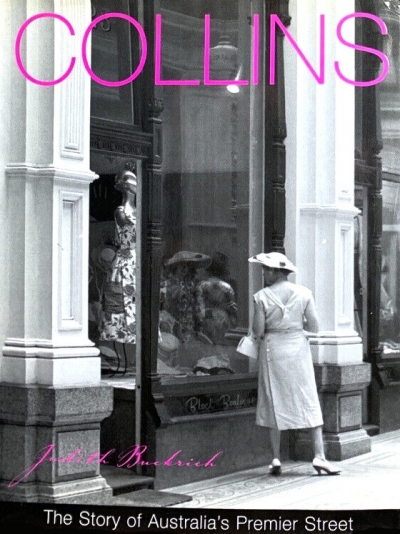Archive
It wounds, this shift of scale.
As I stand on the balls of my feet
back on my heels only once
to keep even for the painting
and myself clear from excess
of feeling: balanced to look
and half hearing her sleepily say:
I. Claim
Wild birds rise before us, making the noise of a multitude clapping hands.
The men fire, fire again and still they rise, they rise clear out of range and
where they were they leave such wakes of light, they are tearing the blue-black
shadows out of the river; their wing tumult is shadows escaping air. Act
flung back to motives, they arc away from us and scatter till I am fierce
for what I cannot remember and still they rise, the vault is dark with their applause.
Westerly vol. 50, November 2005 edited by Delys Bird and Dennis Haskell & Australian Literary Studies vol. 22, no. 2, 2005 edited by Anne Pender and Leigh Dale
by Maria Takolander •
Nerli: An Italian painter in the South Pacific by Michael Dunn
by Julie Roberts •
Collins by Judith Raphael Buckrich (with Keith Dunstan, Rohan Storey and Marc Strizic) & Go! Melbourne edited by Seamus O’Hanlon and Tanja Luckins
by Neil Clerehan •








